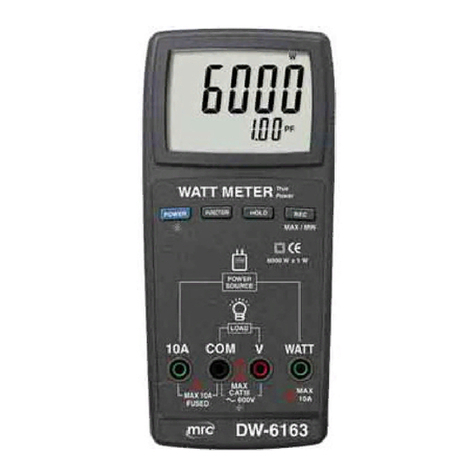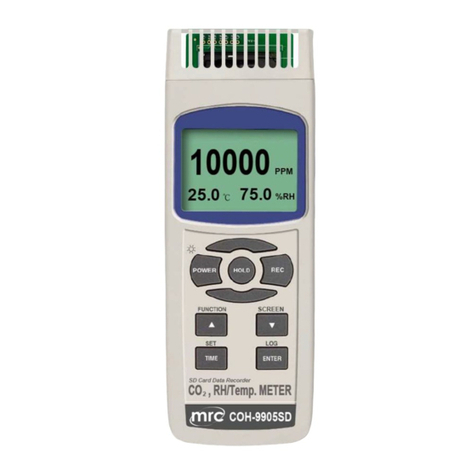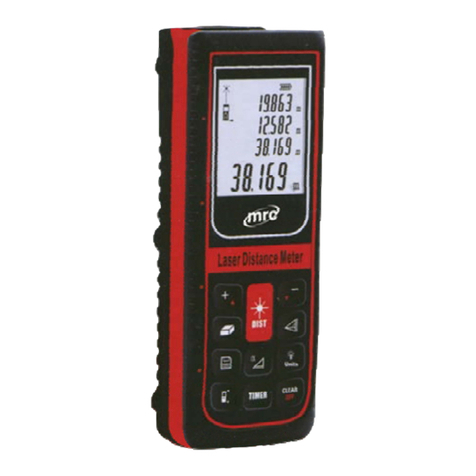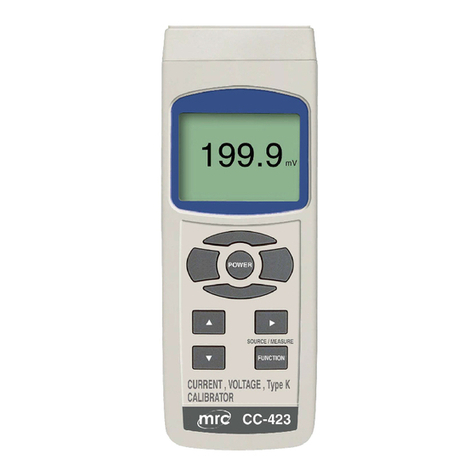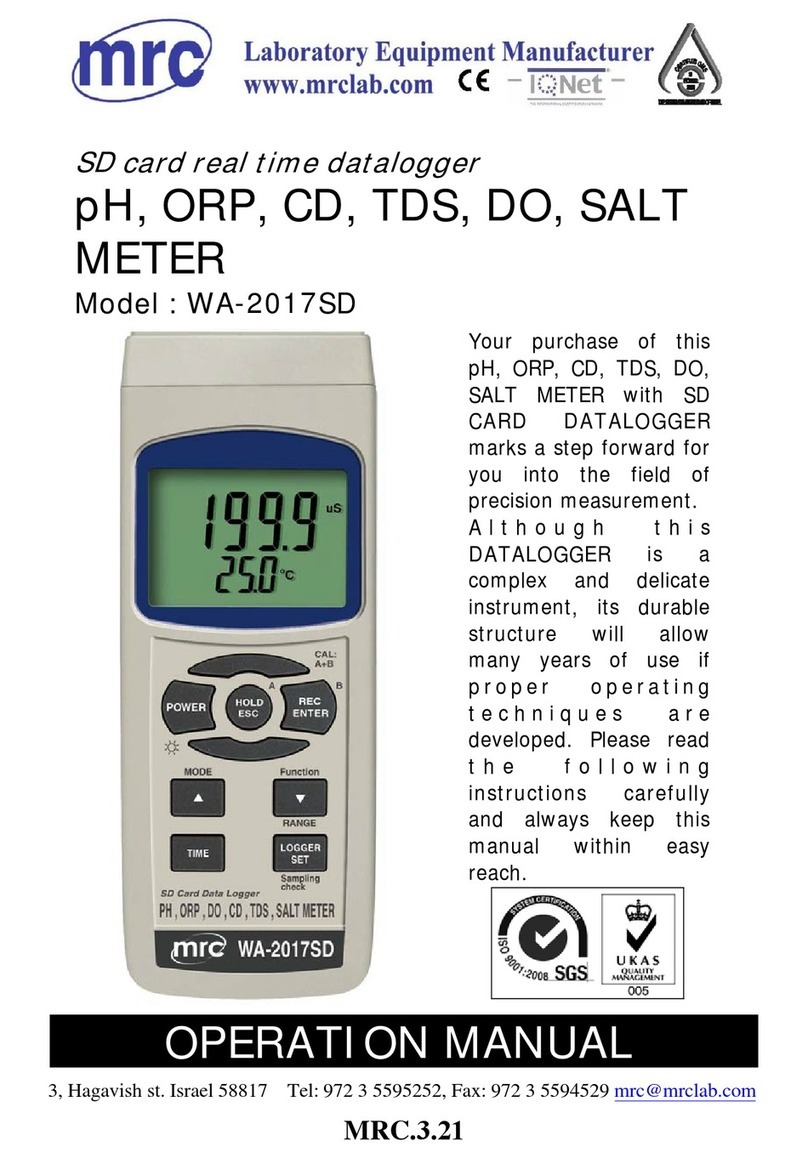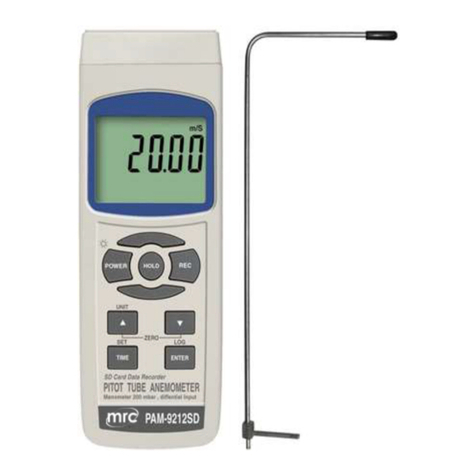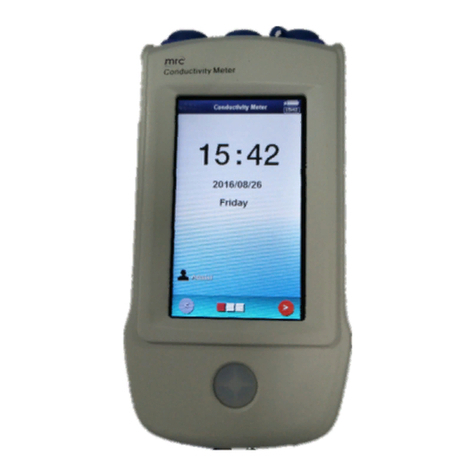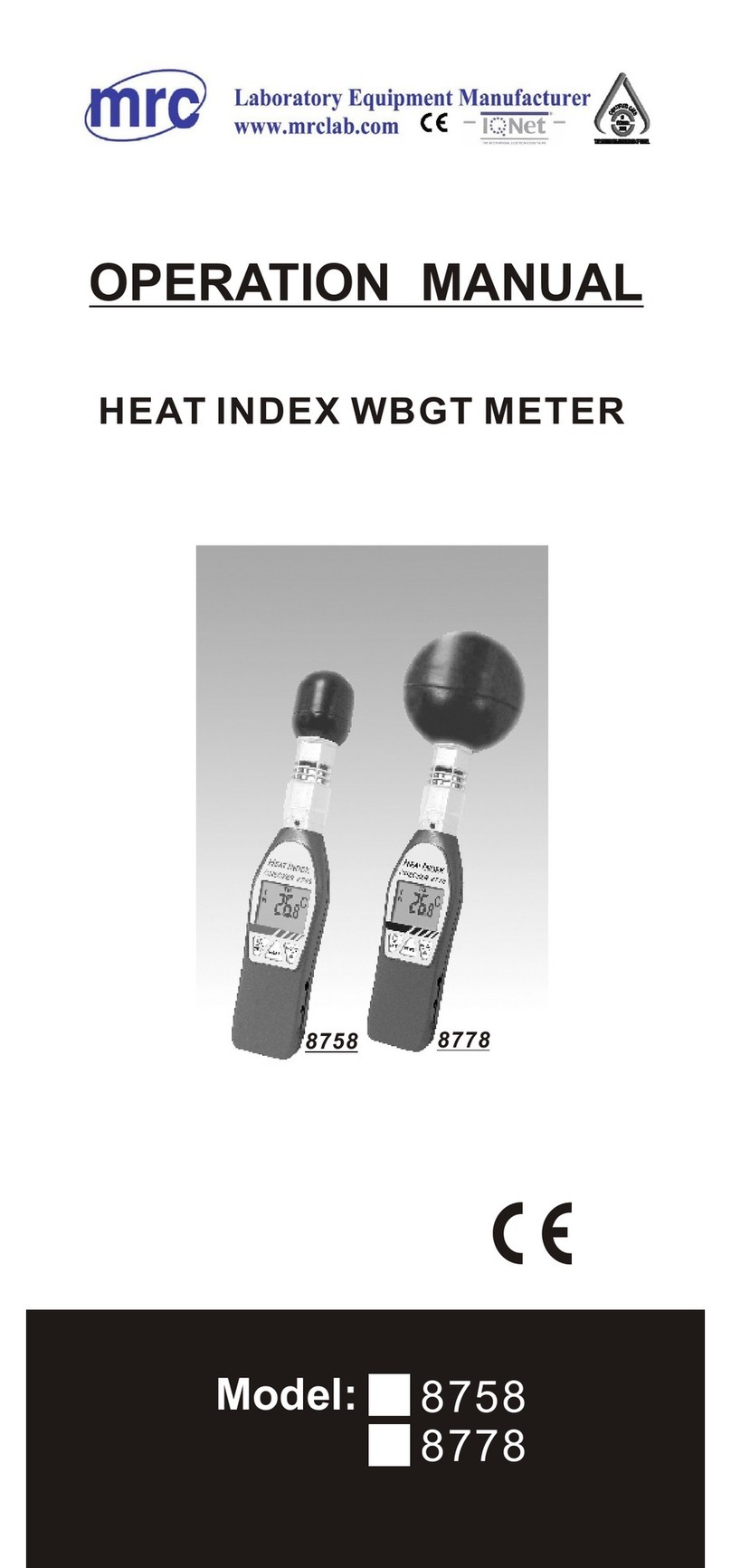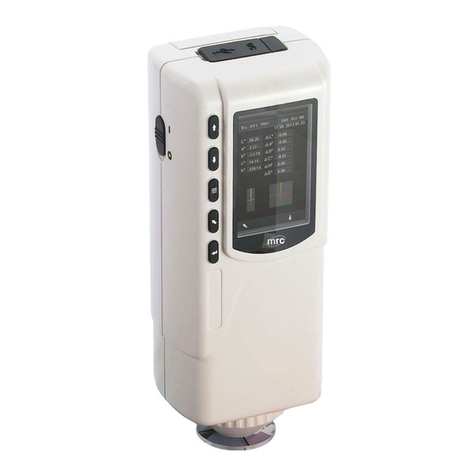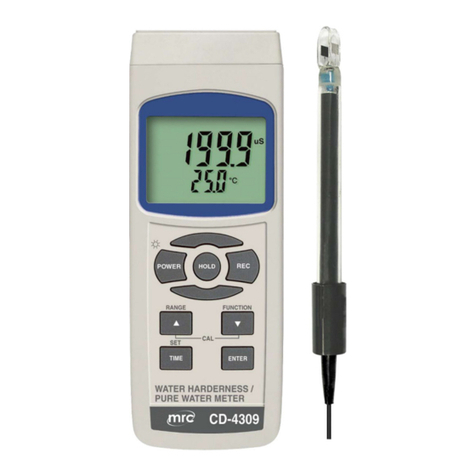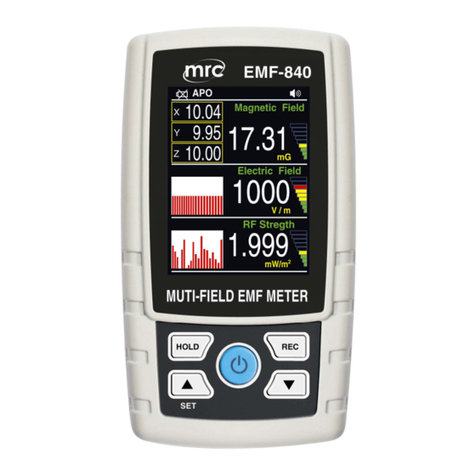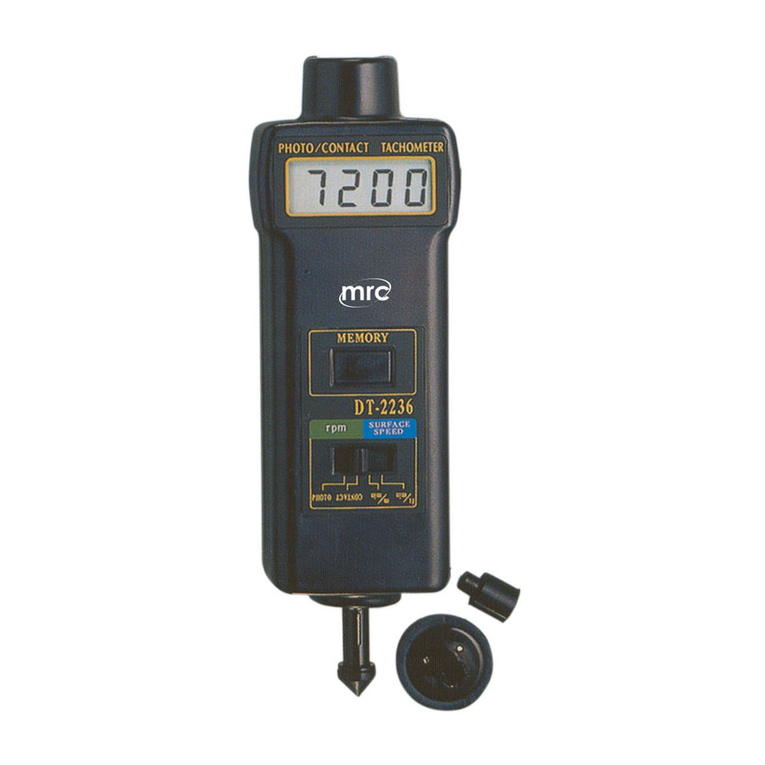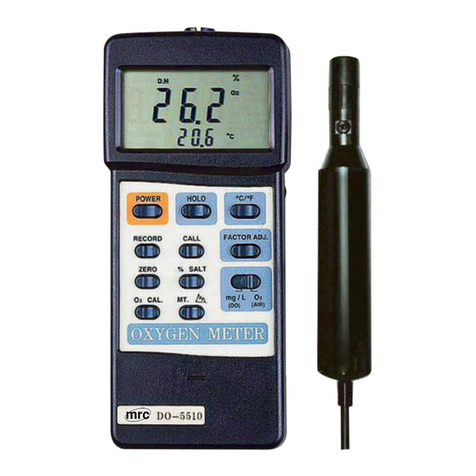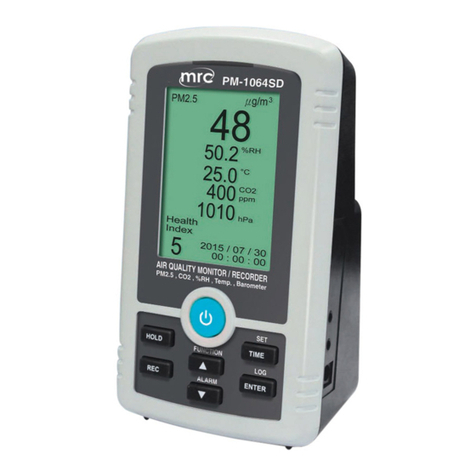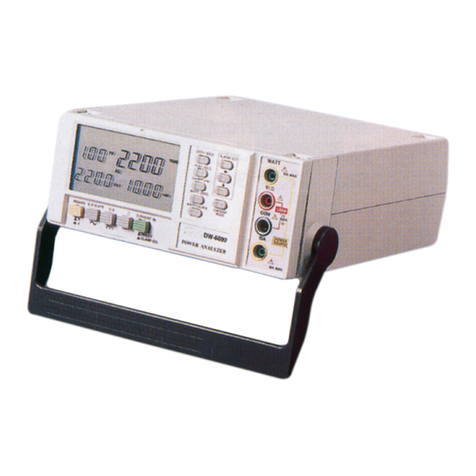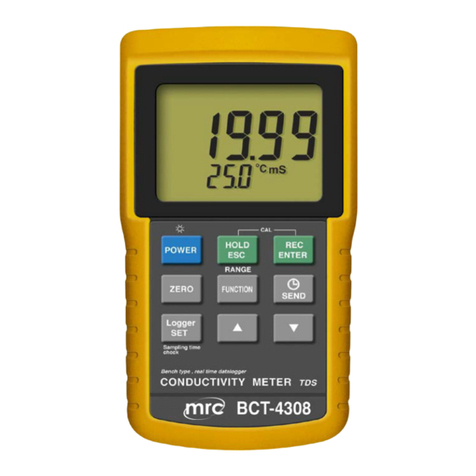
INE-PHS-3E 2016
9
the solution even, pH value of solution will be displayed on screen. If temperature
electrode is not connected to the meter, measuring procedure differs on whether
temperature of measured solution is the same as the calibrated solution. The
operating procedure is as follows:
(1) When temperature of measured solution and temperature of positioning
temperature are same, measuring procedure is as follows:
a) Rinse the electrode head with distilled water, then clean it with measured
solution;
b) Insert electrode into measured solution, stir the solution with glass stick to make
the solution even, pH of solution will be displayed on screen.
(2) When temperature of measured solution is different from temperature of
positioning solution, measuring procedure is as follows:
a) Rinse the electrode head with distilled water, clean it with measured solution
again;
b) Measure temperature value of measured solution with thermometer;
c) Press "Ÿ" or “ź” “Temp” button to make the meter display temperature value of
measured solution, then press "ENTER" button;
d) Insert electrode into measured solution, stir the solution with glass stick to make
the solution even, pH value of the solution is displayed on screen.
4.3 Electrode potential (mV) measurement
1) Turn on the meter to enter mV measurement state.
2) Clip ion selective electrode (or metal electrode) and reference electrode on the
electrode support stand;
3) Rinse the electrode head with distilled water, clean it with measured solution once
more;
4) Insert the plug of ion electrode into measuring electrode socket (6);
5) Insert reference electrode into reference electrode terminal (7) on back panel of
the meter;
6) Insert above two electrodes into measured solution, stir the solution to be even,
the electrode potential (mV value) of this ion selective electrode will be displayed
on screen, ±polarity will also be displayed automatically;
7) If measured signal is over the measuring range of the meter, or measuring
terminal is broken circuit, the screen won't be bright, it shows over load alarming
Err.
8) When using metal electrode to measure electrode potential. Insert Q9 plug into
measuring electrode socket (6), connect the clip and leading line of metal
electrode; or using electrode transducer, one end of the electrode transducer is
connected with electrode socket (6), metal electrode is connected with transducer.
Reference electrode is connected with reference electrode terminal (7).
4.4 Temperature measurement
The meter displays the temperature value directly in the any state of measurement
when temperature sensor is connected with the meter.












